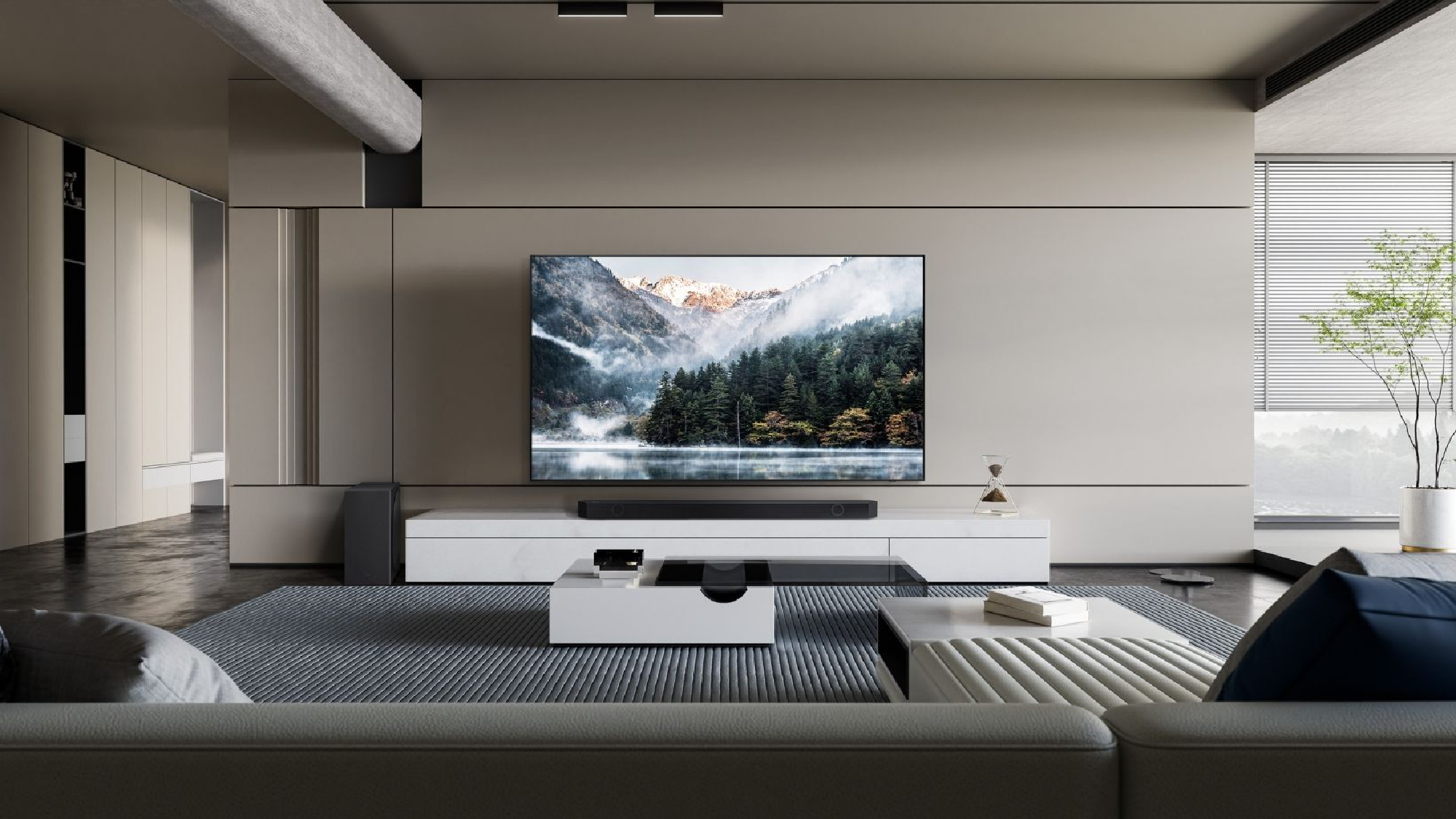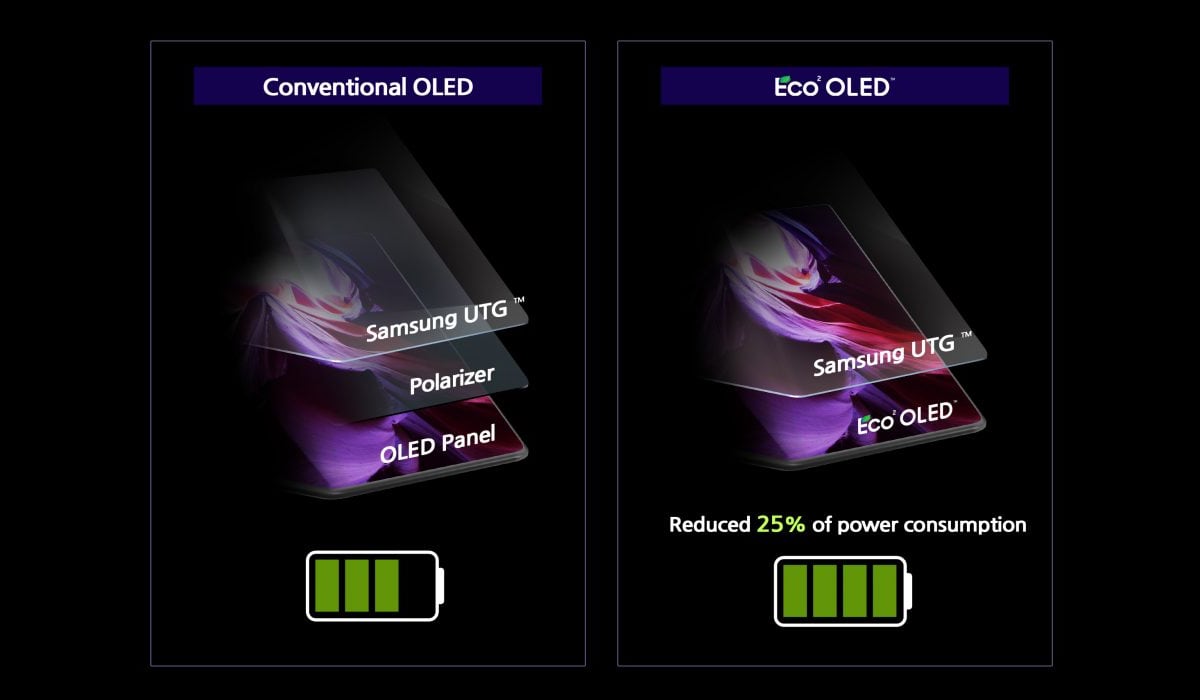
Despite being relatively energy efficient, some of the best OLED TVs can still come with high energy output, especially those at higher sizes, yet Samsung Display aims to half the power consumption in its OLED TVs in the near future.
Announced at IMID 2024 last week (via Korean newspaper The Elec), Samsung Display is working on a new strategy to improve OLED energy efficiency without tarnishing the excellent picture performance from these displays.
It aims to reduce OLED TV power consumption by as much as 50%, though it didn't give a definitive timeline or process by which it might achieve this. Not only would lower power consumption be better for your electricity usage, but it could also lead to improved performance, like higher brightness and better cooling.
These efforts also extend to mobile devices, which Samsung Display is a key manufacturer for both Apple and, aptly, Samsung. With better energy efficiency, handheld devices with OLED screens could see longer battery life and general longevity.
Samsung's big plan

Having dropped its efforts in LCD screen technology back in 2022, Samsung Display is focused now primarily on OLED TVs and devices. This includes the more recent Samsung S95D OLED TV and the Samsung Galaxy Z Flip 6, both of which feature OLED panels in various sizes.
In many of its existing panels, Samsung Display utilizes what's called an "Eco-OLED" panel for mobile devices and QD-OLED for OLED TVs that drops an external polarizer film. This largely aids in diminished reflections, which the Samsung S95D showed in spades, but it also lowers power consumption by 25%.
Samsung Display is working on a strategy to improve upon this existing process of removing the external polarizer panel, but it's not the only method for improving the energy efficiency on its panels. It's also leveraging a similar technology as seen on some of the best gaming TVs in VRR (Variable Refresh Rate), except Samsung Display's version is called "multi-frequency driving."
Sign up to get the BEST of Tom's Guide direct to your inbox.
Get instant access to breaking news, the hottest reviews, great deals and helpful tips.
This would allow Samsung Display panels to play varied refresh rates across the screen per what's going on in that particular area. For instance, one part of the scene might be in motion while other parts might be still, thus requiring difference refresh rates for those instances and thus potentially lowering power consumption in some capacity.
Last but not least, and maybe even most interestingly, Samsung Display also has its sights set on tandem OLED designs like those used in the new Apple iPad Pro. While its use case in the best TVs might be a bit shaky right now, Samsung Display sees it as a worthwhile investment for improving efficiency on OLED displays.
Samsung did not give a definitive timeline on when consumers might expect to see these radically improved power consumption, but OLED TVs are generally pretty energy efficient as is with BKV energy citing anywhere from 30 to 200 watts depending on certain factors, like usage, brightness, and TV size. And, for those who might be wondering, the most energy efficient OLED TV is the LG G4 OLED, which was granted a Carbon Footprint Certification from the Carbon Trust.
More from Tom's Guide

Ryan Epps is a Staff Writer under the TV/AV section at Tom's Guide focusing on TVs and projectors. When not researching PHOLEDs and writing about the next major innovation in the projector space, he's consuming random anime from the 90's, playing Dark Souls 3 again, or reading yet another Haruki Murakami novel.
